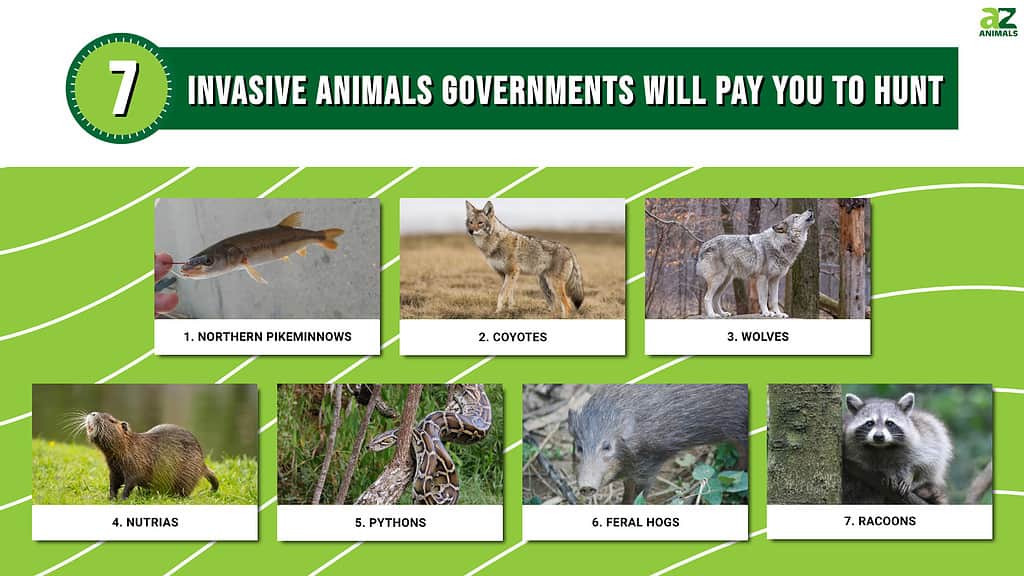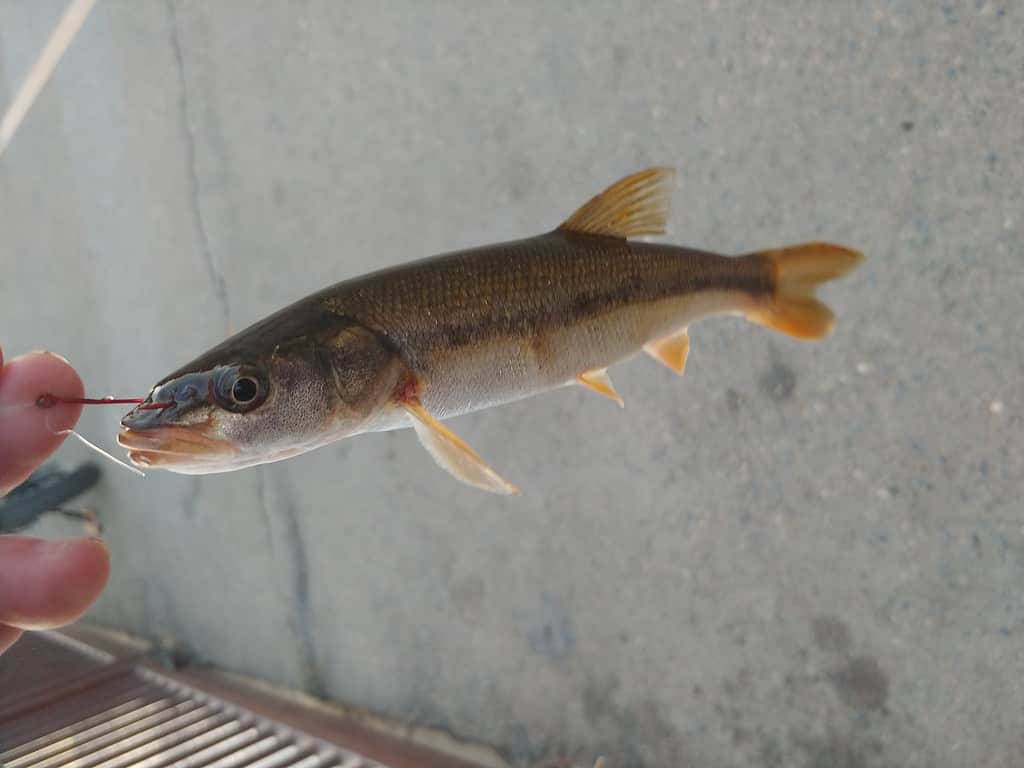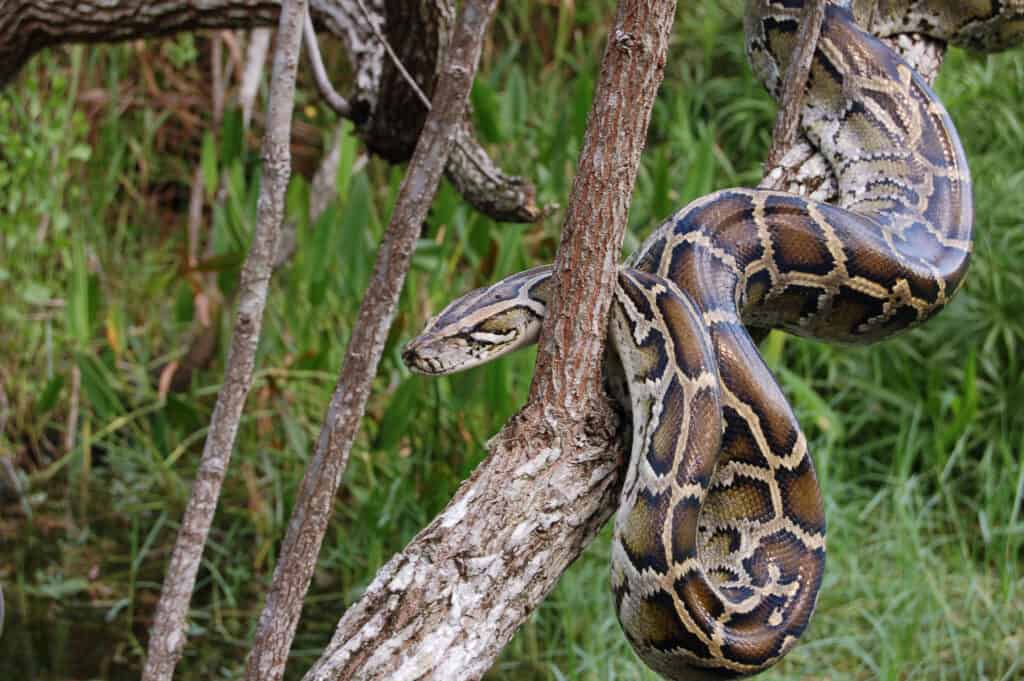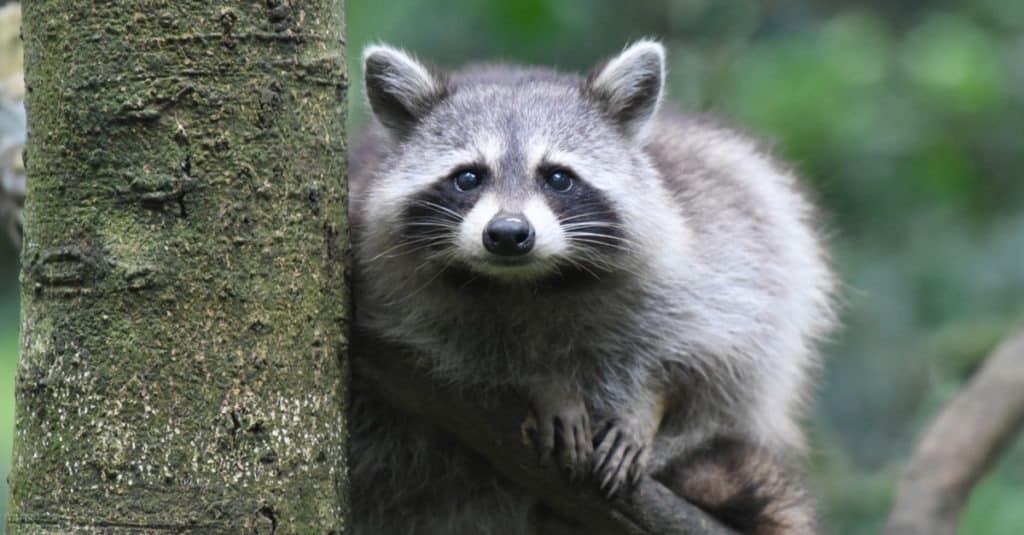If you’re a hunter who loves the sport as-is, a reward for your efforts is not a bad deal. Although bounties were certainly more popular in the past, some invasive animals have become so destructive that the government is incentivizing hunters to join in efforts to control those populations. Let’s discover the seven invasive animals governments will literally pay you to hunt!

Bounty Programs in the United States
American wildlife management has quite a history when it comes to bounty programs. Placing bounties on predators in the early 20th century was common practice. State game management organizations saw this practice as a method to save livestock and ensure game populations wouldn’t decline. Of course, trappers and hunters saw this as an incredible opportunity to carry out their regular activities and receive some cash in return.
Bounty programs continued as the norm for a couple more decades without much forethought. Hunters were trigger-happy, taking out a variety of predators, including wolves and mountain lions. They also heavily targeted grizzly bears and even smaller animals like foxes and red-tailed hawks. However, with time, it became all too obvious that the ultimate predator in the game had become humans themselves. They had almost eliminated these animals in the wild.
The intentions were good, but the results were a bit disastrous. Game populations had grown scarce, and bounties were viewed as a viable solution by wildlife managers. It became glaringly obvious that eradicating predators like wolves also upset deer populations. It was totally out of balance with the holding capacity of the environment. Today, things are different with both wildlife managers and hunters. They have a greater understanding of healthy ecosystems (including the importance of predators).
However, bounty programs still exist — not at a large scale like in the early 20th century, though! There are still some invasive animals governments will pay you to hunt. How effective these practices are, even at a smaller scale, is still uncertain. Eventually, wildlife managers may see some improvements or move forward with ending those bounties that don’t produce fruitful results (like the coyote bounty in North Dakota that ended in 1961).
Current Bounty Programs
1. Northern Pikeminnows, Idaho, Washington, and Oregon
Pay: $5 – $8 per fish
Pikemminows were introduced to several states, including Idaho, Washington, and Oregon. As a result of their introduction, they have been hard at work destroying quite a bit of natural resources — of note, salmon! In the Pacific Northwest, salmon are a hot commodity, and pikemminows are drawn to salmon babies, devouring them before they get a chance to mature. Although these can fit in the palm of your hand, they can also grow as big as 25 pounds!

Northern pikemminows are drawn to salmon babies, devouring them before they get a chance to mature.
©iStock.com/grimxlink
2. Coyotes, Utah and South Carolina
Pay: $25 – $75 per tail
This feral dog breed is closely related to gray wolves and definitely doesn’t follow commands or want human cuddles. Coyotes are opportunistic feeders, hunting a variety of small animals, including rats, mice, and rabbits, and, sadly, they’ve decimated chicken coops in backyards and farms in Utah and South Carolina.

Coyotes are closely related to gray wolves and definitely don’t follow commands or want human cuddles.
©Jukka Jantunen/Shutterstock.com
3. Wolves, Idaho
Pay: $25 per tail
Wolf populations had skyrocketed after a period when they were endangered, which has inspired wildlife management to try and restore some balance via bounties. Hundreds of thousands of dollars have been paid out to hunters over the years.

Wolf populations have skyrocketed in Idaho after a period when they were endangered.
©Allison Coffin/Shutterstock.com
4. Nutrias, Louisiana
Pay: $5 per dead nutria
Nutrias don’t stay small and, when they reach full size, could weigh a whopping 20 pounds. They sort of resemble rats on steroids and have a bounty on them because they destroy plants all the way down to their roots. This non-native species in Louisiana has had a detrimental impact on the coastline’s ecosystem. Since 2014, the state has paid out almost $2 million!

In Louisiana, the government offered bounties in exchange for killing invasive nutria in order to control their population.
©Barbora Polivkova/Shutterstock.com
5. Pythons, Southern Florida
Pay: $50 or more per snake plus minimum wage
Unfortunately, python overpopulation originated as a human problem. They have frequently been purchased as pets, but when they mature, pet parents decide to dump them. As a result, they have been breeding out of control and have destroyed natural wildlife in the Everglades, Southern Florida.

Burmese Python
is a species invasive in the Everglades.
©Heiko Kiera/Shutterstock.com
6. Feral Hogs, Texas
Pay: $5 per hog plus 40 cents per pound
These meaty animals are some of the most popular game for hunters in Texas. Although they provide plenty of meat, hunters also get a cash reward. Feral hogs are invasive animals and breed in the blink of an eye. They grow to damage crops, so bounties are necessary to control their populations.

Feral hogs breed in the blink of an eye, and they grow to damage crops, so bounties have become a necessity to control their populations.
©Yvdalmia/Shutterstock.com
7. Racoons, South Dakota
Pay: $10 per tail
Raccoons have developed a reputation as thieves, but in South Dakota, they’ve become a severe problem for the populations of ducks and pheasants. They steal their eggs to such an extent that it’s impacted the regions where these birds breed. Their bounties are set to ensure duck and pheasant nests have a chance at success.

Raccoons have become a serious problem for the populations of ducks and pheasants in South Dakota.
©photofort 77/Shutterstock.com
The photo featured at the top of this post is © iStock.com/Fabiomichelecapelli
Thank you for reading! Have some feedback for us? Contact the AZ Animals editorial team.






